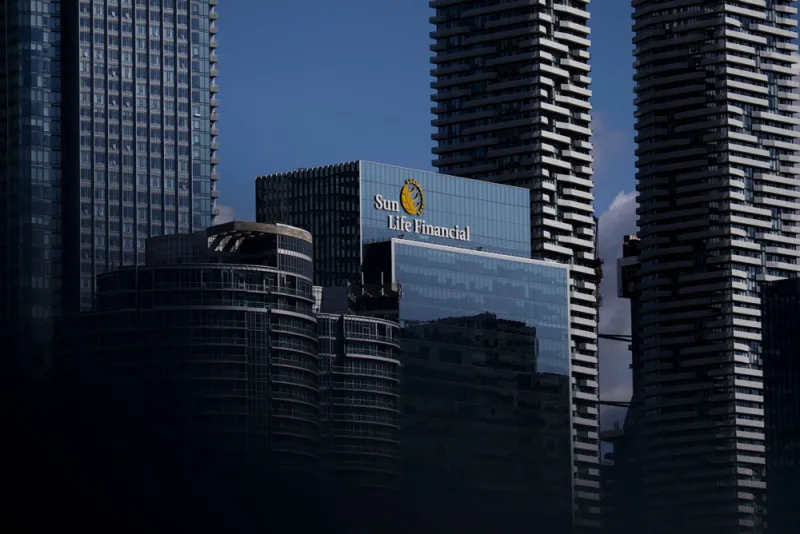SLC Management — Sun Life Financial’s institutional asset management business — has raised $500 million for a strategy that will buy AAA-rated asset-backed securities with government loans available under a Federal Reserve program aimed at stabilizing credit markets.
In March, when credit markets collapsed as Covid-19 shut down the economy, the Fed announced a number of measures including TALF, the Term Asset-Backed Securities Loan Facility. TALF was originally created during the 2008 financial crisis. Under this iteration, the Fed will offer investors up to $100 billion in loans to buy high-quality commercial mortgage-backed and other securities beginning June 1.
TALF once again aims to reopen the business of issuing new bonds and keep money flowing from lenders.
Asset managers such as SLC are the intermediaries from the Fed’s program to the real economy. They raise money from long-term investors (e.g. pension funds) and then use that as equity to buy assets from TALF. But loans from the facility cover the majority of the investments.
The Fed provides good terms to lure buyers and unlock markets. It worked in 2008 and 2009. But the Fed also faced criticism as asset managers earned fees from running TALF funds and investors reaped double-digit returns.
[II Deep Dive: ‘I Want My Bailout’]
This is TALF round two for co-portfolio managers Daniel Lucey and Phil Mendonca, who ran a fund in 2009 for Ryan Labs Asset Management. Sun Life later bought the company. The pair’s 2009 TALF fund delivered a 21.5 percent annual internal rate of return, said SLC.
In an interview with Institutional Investor, Lucey said returns for the new fund will likely be lower than those from 2009, but with less risk.
That’s because this time around, the U.S. government quickly rolled out lending and other programs to stabilize the economy and inject liquidity into markets as everyone clamored for cash. Investors are also familiar with the concept and underwriting has improved since the last global financial crisis.
“There’s a lot more of a blueprint this time around,” Lucy said. “What took weeks in March took several months in ’08, ’09. People are now familiar with the game plan.”
Chris Adair, SLC’s head of U.S. business development, added that, “After the GFC, with all the Dodd-Frank regulations, a lot of underwriting was improved. This is a consumer-led issue.” Within a month and one day of the Fed’s TALF program announcement, SLC launched the fund and began due diligence meetings.
The Fed’s announcement of the program has already calmed markets and new issuance has started already. But that will affect returns.
“We thought we could be closer to mid-teens, but spreads are moving quickly. As each deal comes out, and as markets move, that opportunity could be lower or higher,” said Lucey, who does not expect to repeat the 2009 fund’s 20-plus percent returns. “The market isn’t there.”







